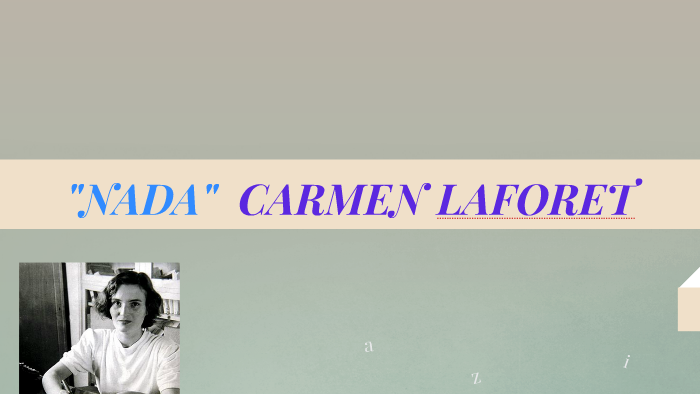
It shows that they use a variety of methods to translate the metaphors, but translate 'literally' in well over half of them. Original metaphors from the text are compared to four published English translations by Inez Muñoz (1958), Charles Franklin Payne (1964), Glafyra Ennis (1993) and Edith Grossman (2007) in a corpus based study. This study investigates how literary translators approach this challenge, focusing on Spanish-English translations of a novel containing plenty of original metaphors: Nada (1945), by Spanish author Carmen Laforet (1921-2004).

Reiss, 1971 Newmark, 1988 Ribé, 1997) say this type of metaphor should be translated ‘literally’, or word for word as far as possible, suggesting there might be uniformity between translators’ solutions. The translation of original metaphor can produce unexpected juxtapositions of language, suggesting as many different results as there are translators, Nevertheless, many theorists (e.g. It is the most extreme form of figurative language, ‘often dramatic and shocking in effect’ Newmark (1982, p.84). This thesis is about 'new' metaphor, conceived and created by authors, often called 'original metaphor' in the world of Translation Studies.



Demystified Videos In Demystified, Britannica has all the answers to your burning questions.Britannica Classics Check out these retro videos from Encyclopedia Britannica’s archives.Britannica Explains In these videos, Britannica explains a variety of topics and answers frequently asked questions.


 0 kommentar(er)
0 kommentar(er)
